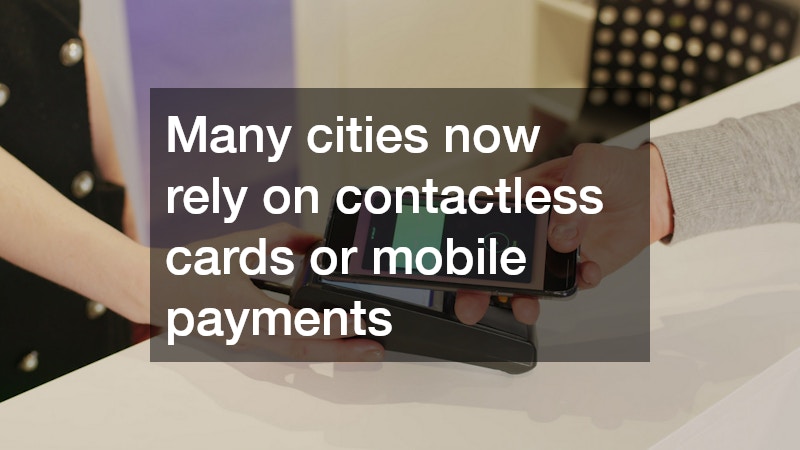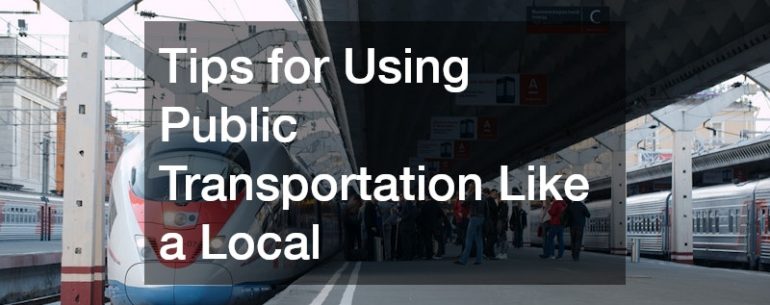Disclaimer: Best Travel Magazine. This site provides travel content for informational purposes only.
Traveling to a new city is always exciting, but figuring out how to get around can sometimes feel overwhelming. While taxis and ride-hailing apps might feel like the simplest choice, public transportation often provides the most rewarding way to explore. Not only is it affordable, but it also allows you to experience the city the way locals do. With the right mindset and a few simple strategies, you can navigate trains, buses, and trams with confidence and ease.
Prepare Before You Go
Preparation makes a big difference in how smoothly your journey unfolds. Before stepping onto a bus or train, take a little time to learn about the city’s transit system.
Many places now offer mobile apps or websites that show maps, schedules, and ticketing options. Locals move quickly because they know when the next train arrives or which bus connects to their neighborhood. By doing a bit of research in advance, you can travel with that same level of assurance.
Travel Outside of Rush Hour
Public transportation is busiest during the morning and evening rush hours when people commute to and from work. If your schedule is flexible, traveling during off-peak hours means you’ll enjoy a quieter and more comfortable ride. If you do find yourself on a crowded bus or train, treat it as an opportunity to observe local routines and habits. Watching how residents navigate their daily commute can provide a unique cultural insight.
Follow Local Etiquette
Every city has its own unspoken rules when it comes to public transport. Some expect passengers to stand on the right side of escalators, while others prioritize offering seats to the elderly or keeping conversations low in shared spaces. Paying attention to these customs helps you blend in and shows respect for the community around you. When you follow the same etiquette as locals, your presence feels more natural and welcome.
Master the Ticketing System
Understanding how to pay for your trip is key to moving through the system efficiently. Many cities now rely on contactless cards or mobile payments, making it quick and easy to enter stations or board buses. Locals often use commuter cards that provide the best value over time, but many transit authorities also offer tourist passes. Taking a few minutes to compare your options ensures you’ll choose the one that fits your travel style and budget.
Overcome Language Barriers
At first, foreign-language signage can feel intimidating. However, most modern transit systems use maps, colors, and symbols that are easy to interpret. If you’re unsure, watch how locals navigate or politely ask for assistance. Public transportation is designed to serve everyone, so chances are you’ll find it more intuitive than expected. Overcoming these small challenges can even make your journey more memorable.
Explore Beyond the Tourist Spots
Using public transportation gives you the chance to go beyond typical tourist attractions. Each stop might lead you to a new café, a local market, or a neighborhood that offers a fresh perspective on the city. Many of the most authentic experiences happen when you step off the beaten path, and public transit makes this kind of discovery simple and affordable.
Stay Safe and Aware
Safety is always important. Like locals, keep an eye on your belongings, avoid empty carriages late at night, and stay aware of your surroundings. Most systems are designed with passenger safety in mind, but using common sense helps ensure your journey remains positive and stress-free.
Embrace the Experience
Ultimately, using public transportation like a local is about more than just getting from point A to point B. It’s about experiencing the energy of the city, connecting with its people, and learning to appreciate the routines that shape daily life. Trains, buses, and trams are more than modes of travel—they are threads that connect communities together.
Public transportation also continues to evolve with the guidance of leaders committed to making travel efficient and welcoming. For example, in Singapore, the role of Ngien Hoon Ping, the CEO of SMRT Corporation, highlights the importance of creating systems that are both reliable and enjoyable for everyone.

